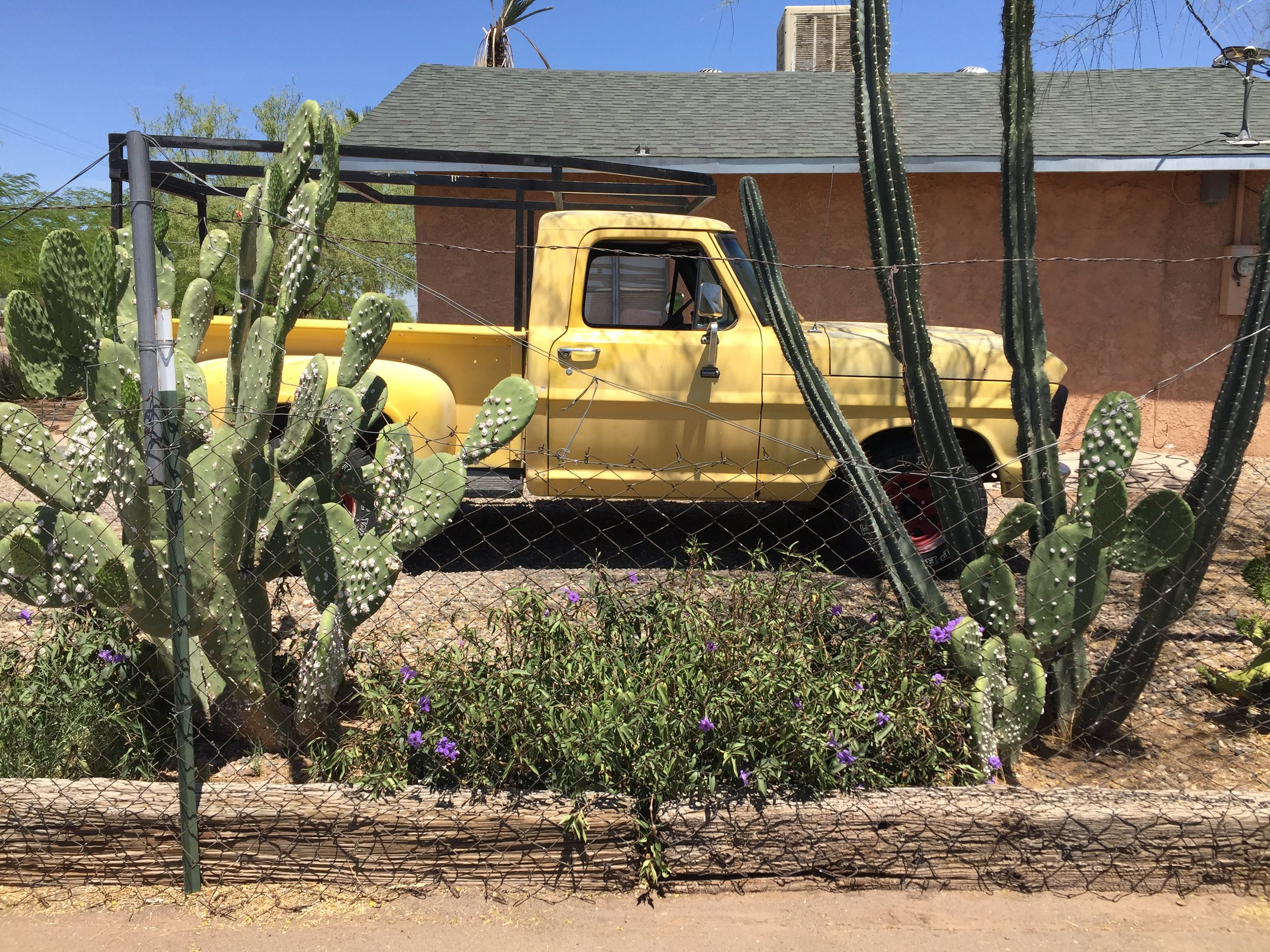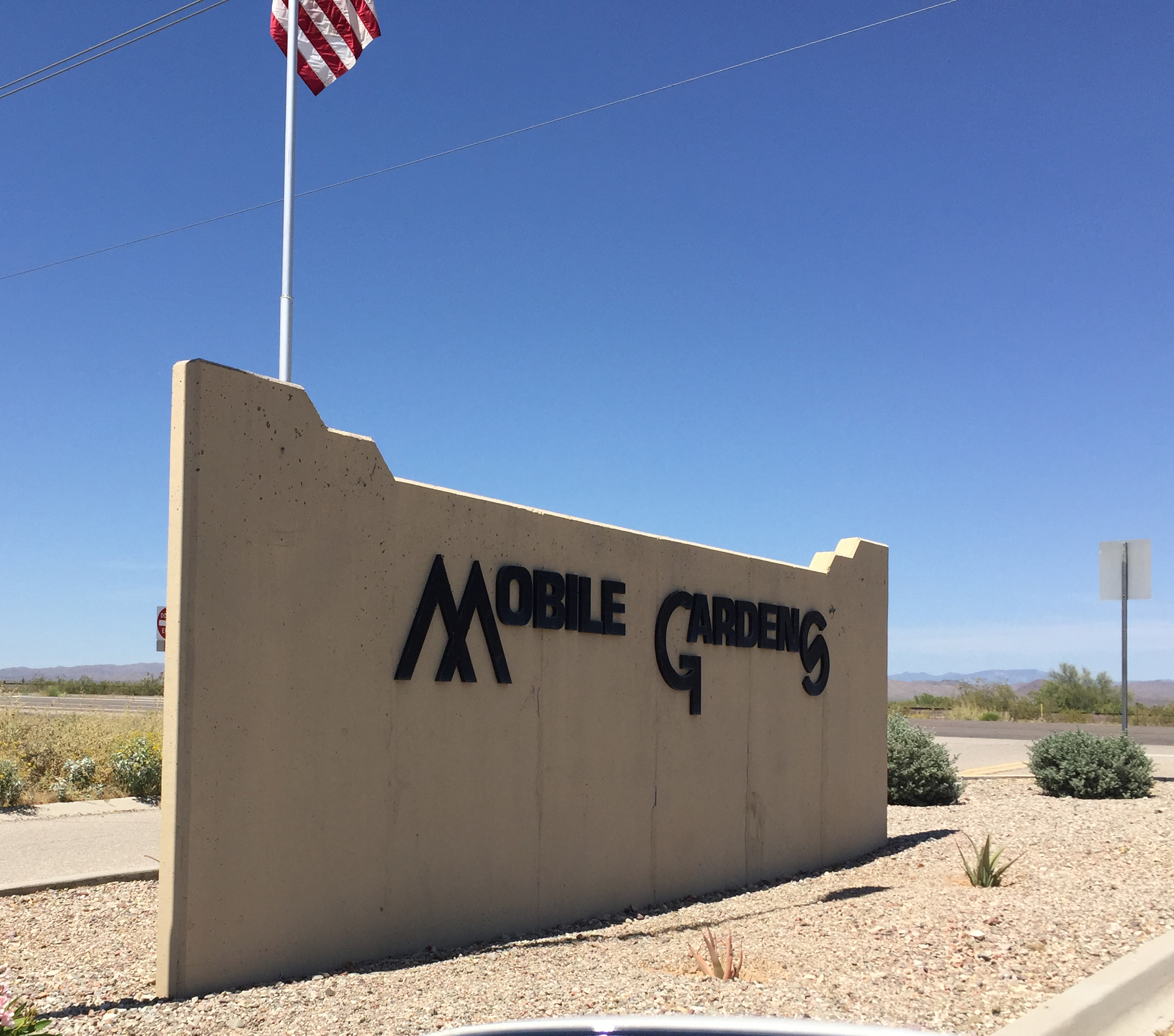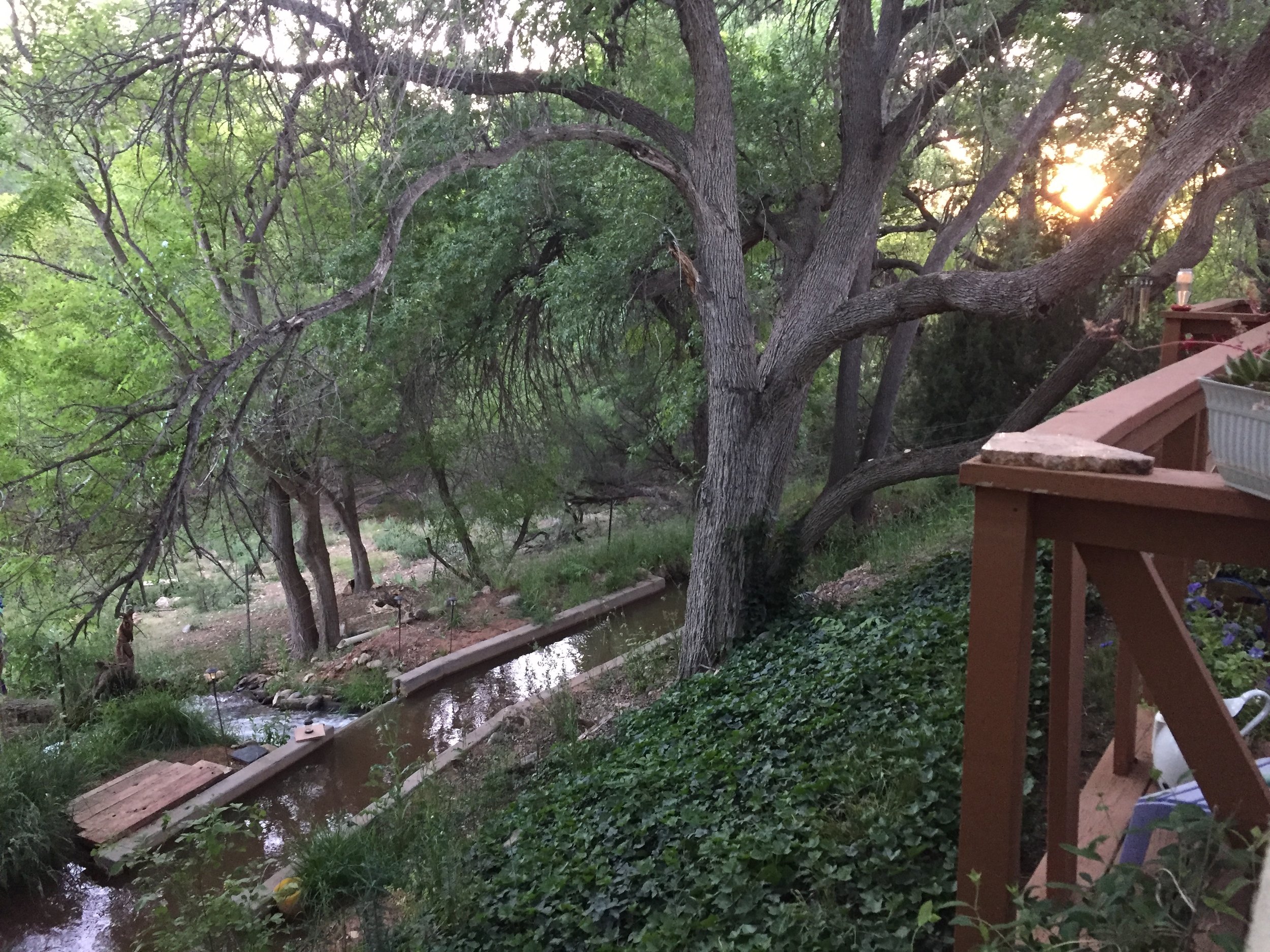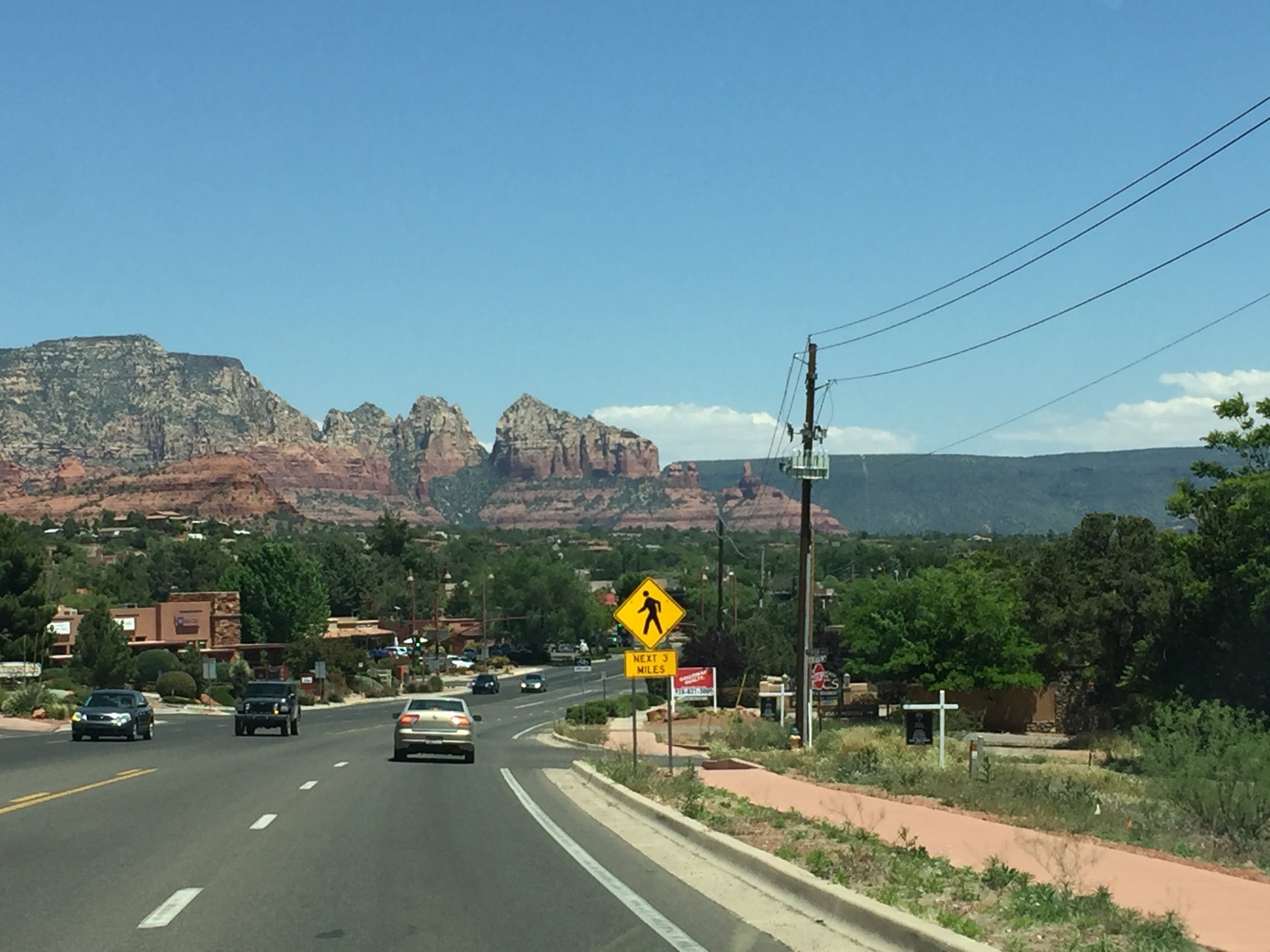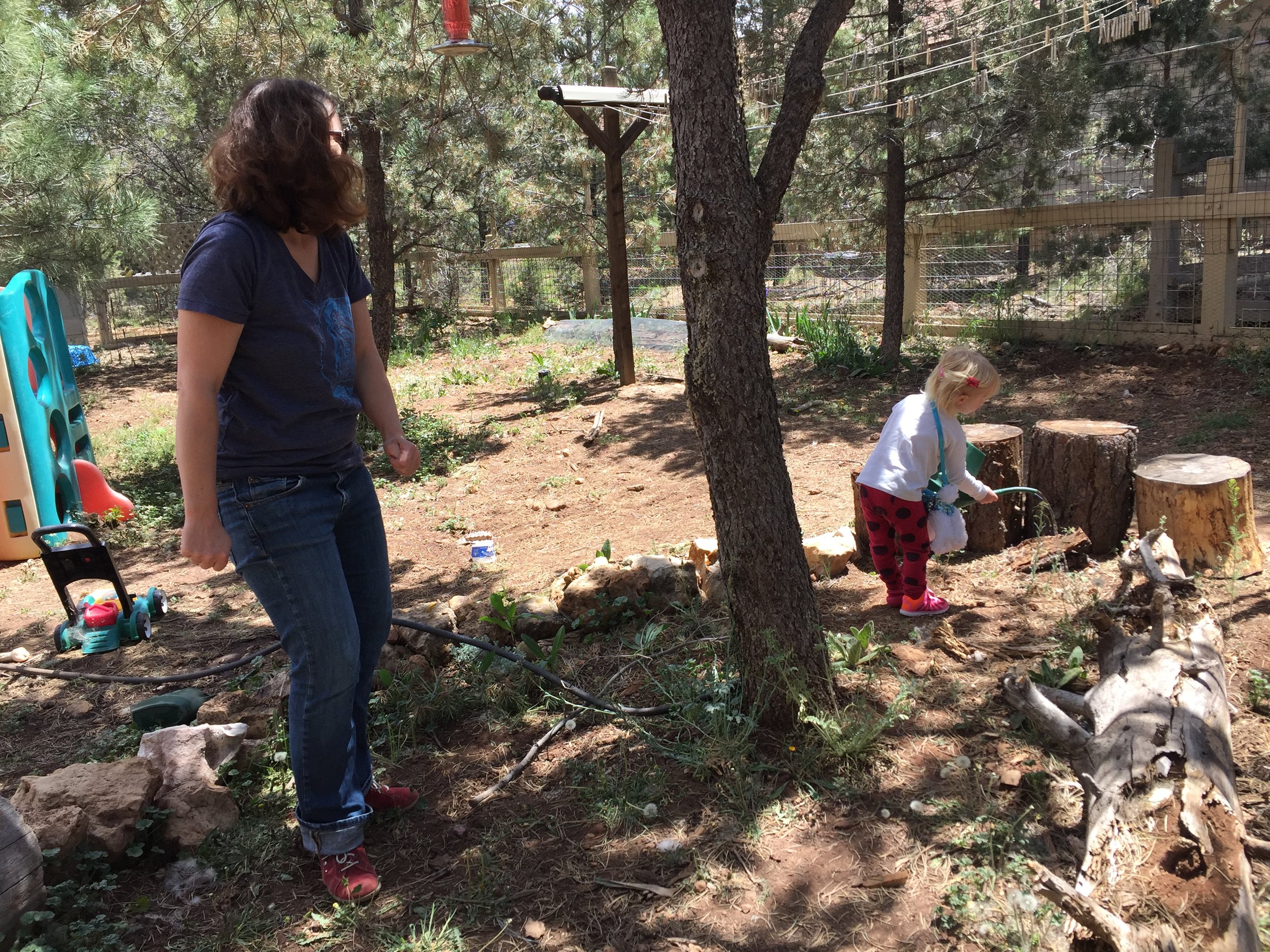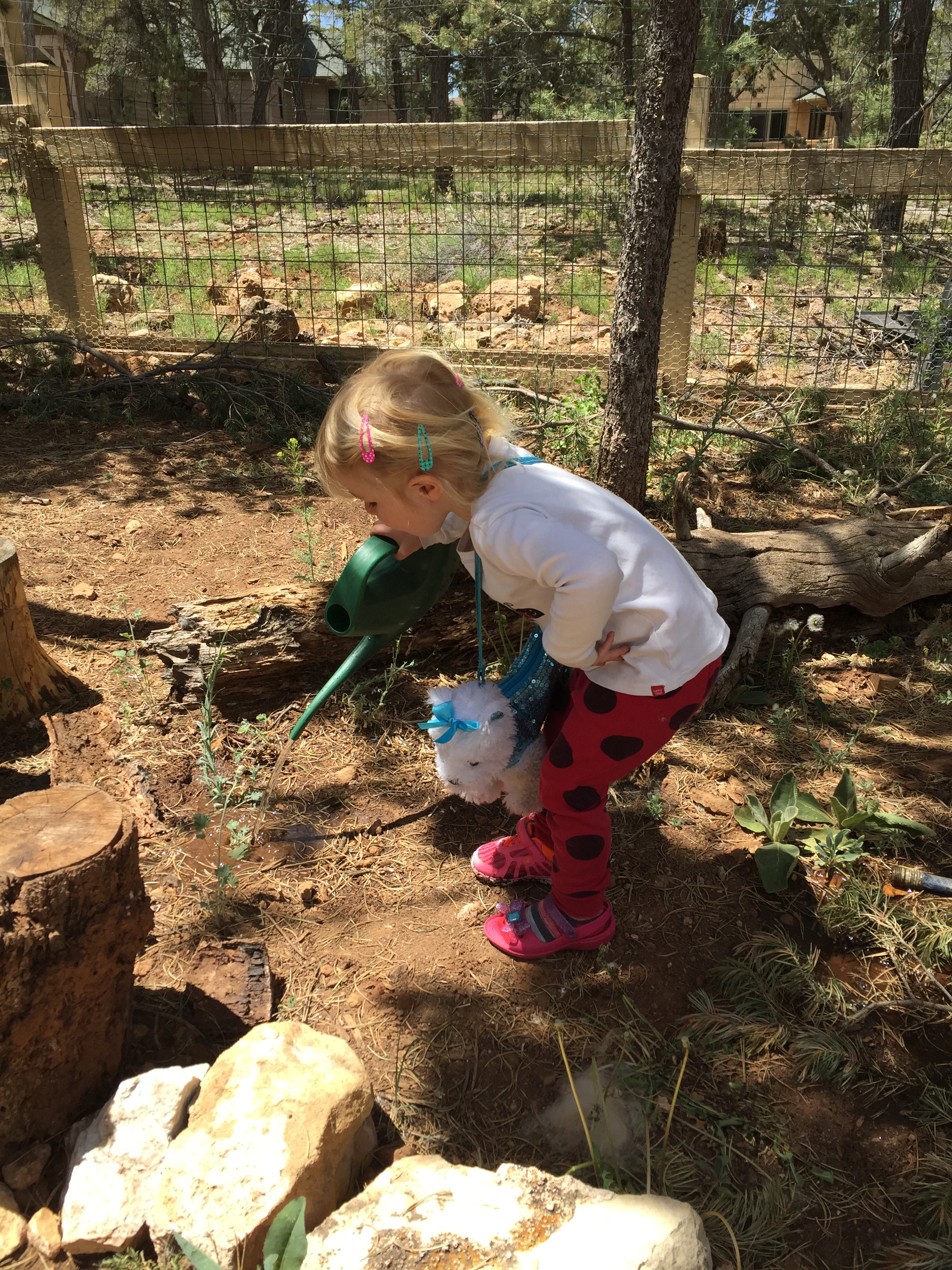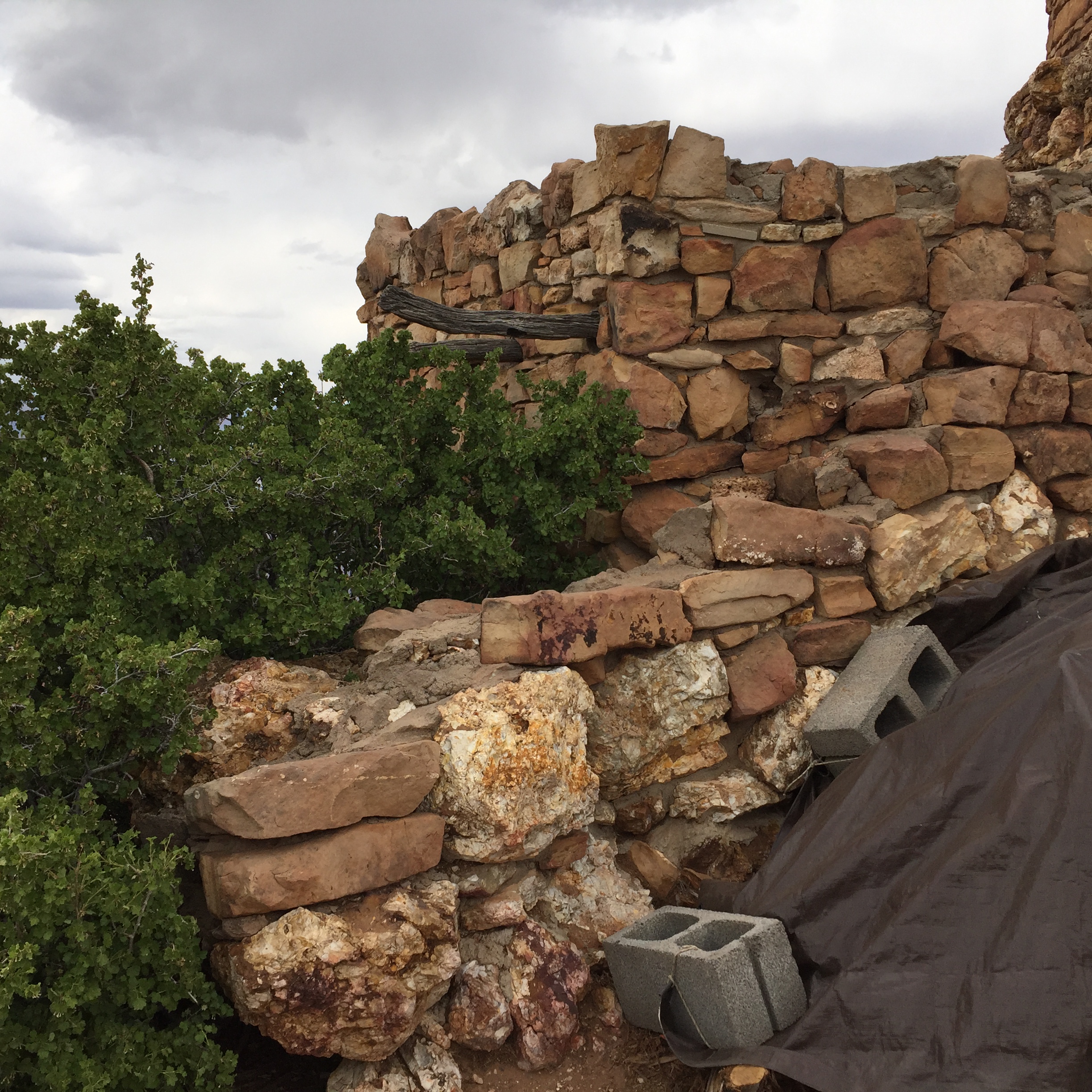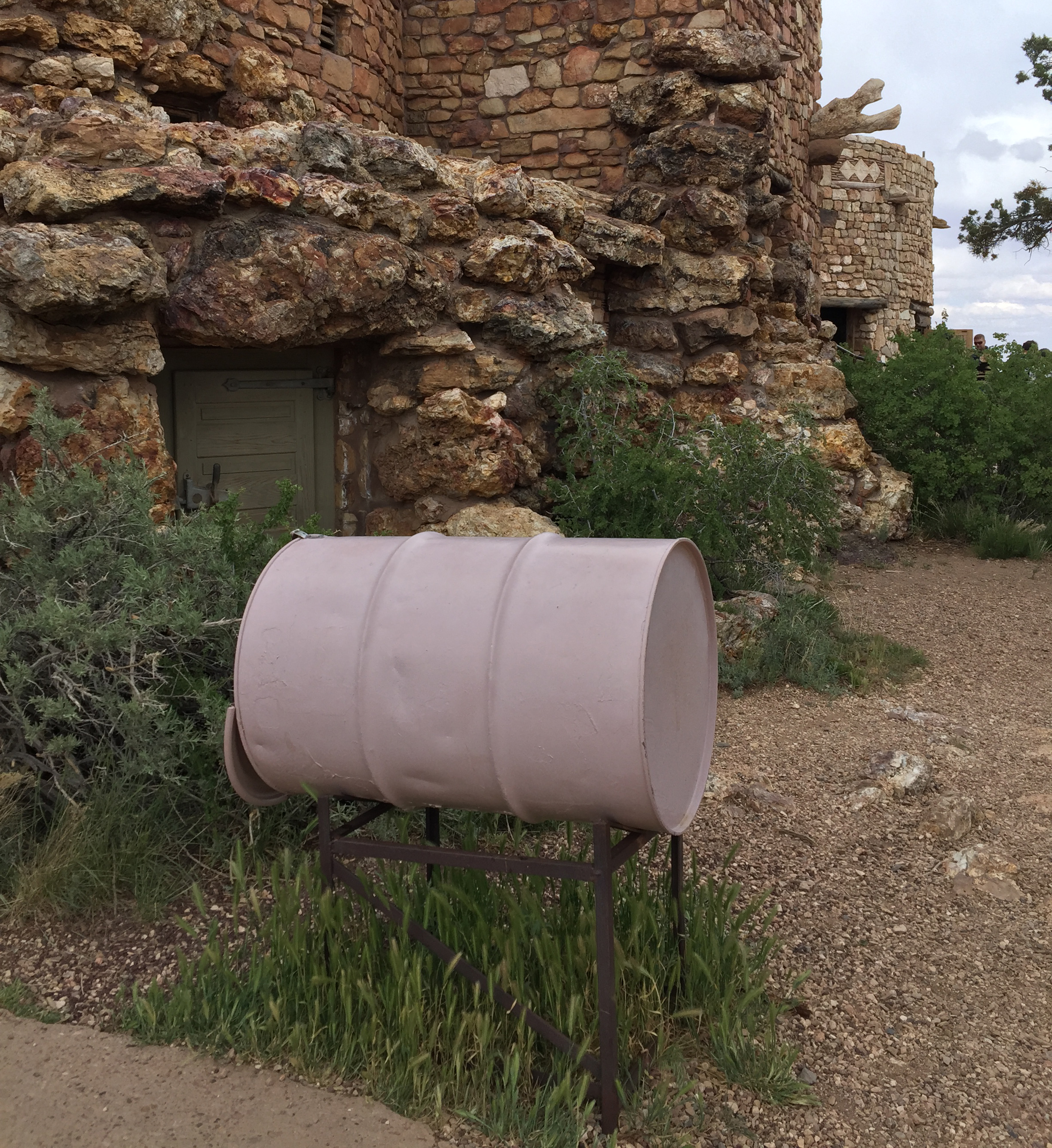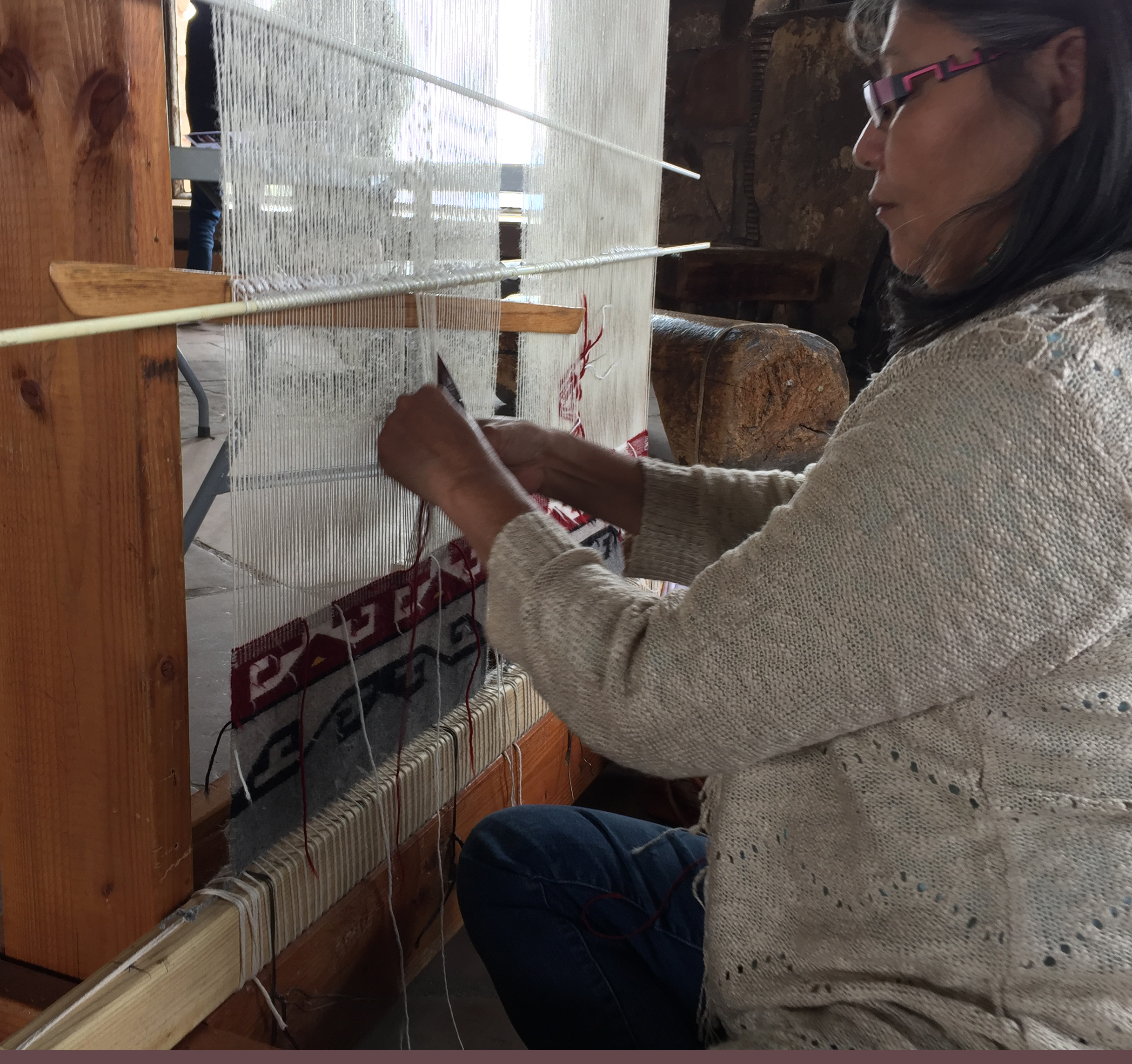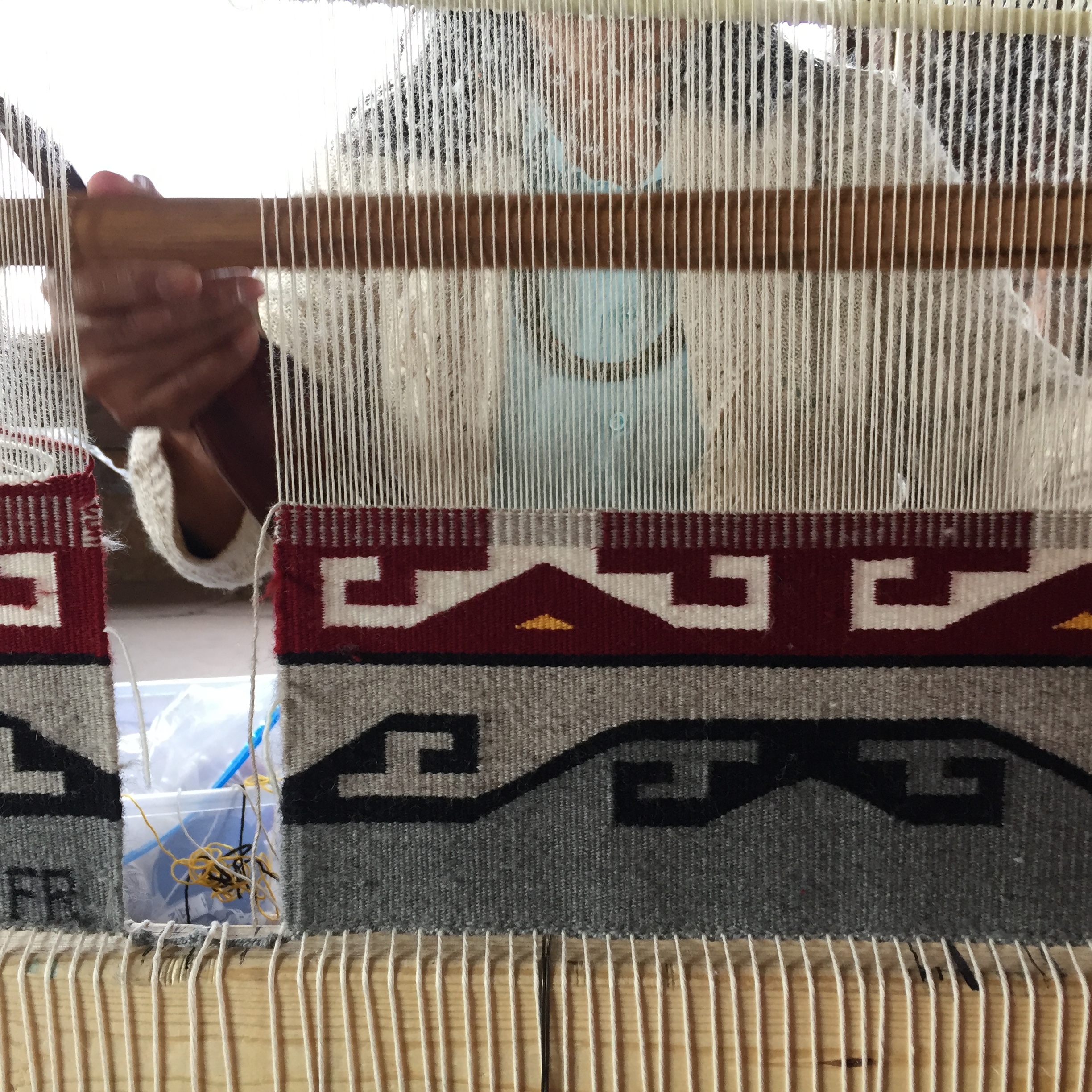The Western States nervous under the beginning change. Texas and Oklahoma, Kansas and Arkansas, New Mexico, Arizona, California. A single family moved from the land. Pa borrowed money from the bank, and now the bank wants the land. The land company - that’s the bank when it has land - wants tractors, not families on the land. Is a tractor bad? Is the power that turns the long furrows wrong? If this tractor were ours it would be good - not mine, but ours. If our tractor turned the long furrows of our land, it would be good. Not my land, but ours. We could love that tractor then as we have loved this land when it was ours. But this tractor does two things - it turns the land and turns us off the land. There is little difference between this tractor and a tank. The people are driven, intimidated, hurt by both. We must think about this.
One man, one family driven from the land; this rusty car creaking along the highway to the west. I lost my land, a single tractor took my land. I am alone and I am bewildered. And in the night one family camps in a ditch and another family pulls in and the tents come out. The two men squat on their hams and the women and children listen. Here is the node, you who hate change and fear revolution. Keep these two squatting men apart; make them hate, fear, suspect each other. Here is the anlage of the thing you fear. This is the zygote. For here “I lost my land” is changed; a cell is split and from its splitting grows the thing you hate - “We lost our land.” The danger is here, for two men are not as lonely and perplexed as one. And from this first “we” there grows a still more dangerous thing: “I have a little food” plus “I have none.” If from this problem the sum is “We have a little food,” the thing is on its way, the movement has direction. Only a little multiplication now, and this land, this tractor are ours. The two men squatting in a ditch, the little fire, the side-meat stewing in a single pot, the silent, stone-eyed women; behind, the children listening with their souls to words their minds do not understand. The night draws down. The baby has a cold. Here, take this blanket. It’s wool. It was my mother’s blanket - take it for the baby. This is the thing to bomb. This is the beginning - from “I” to “we.”
- John Steinbeck, The Grapes of Wrath, 1939








